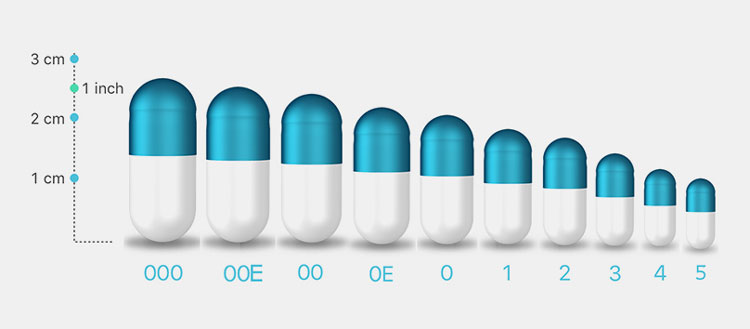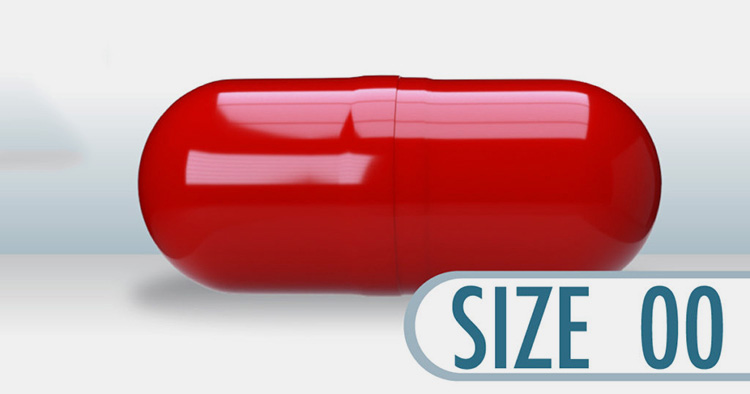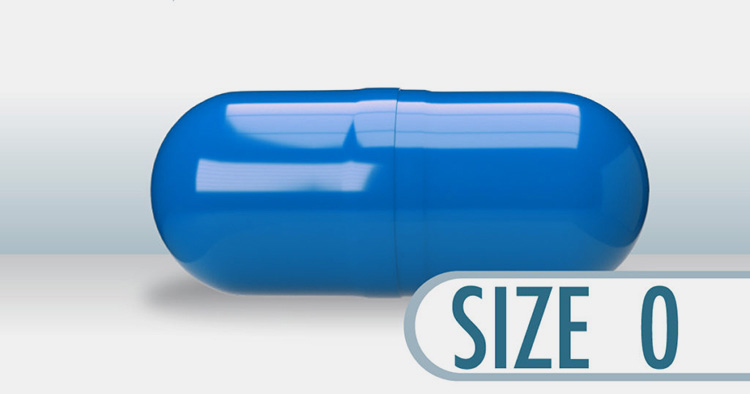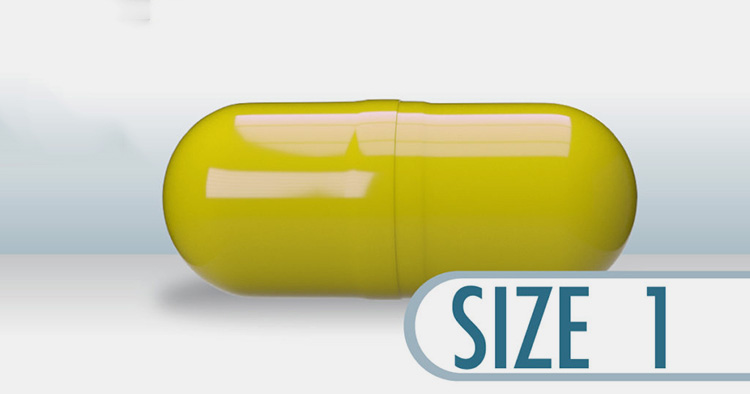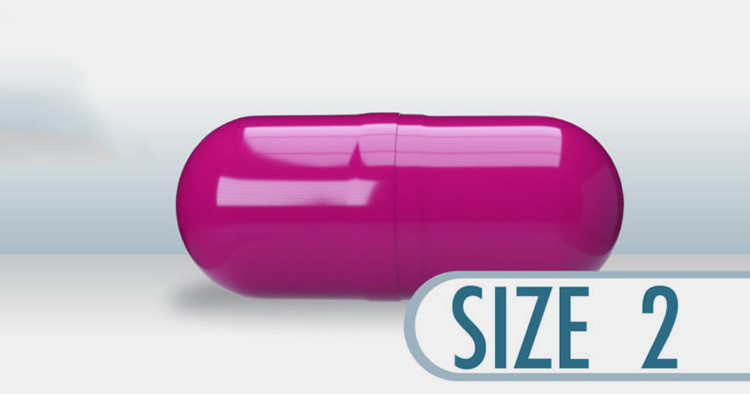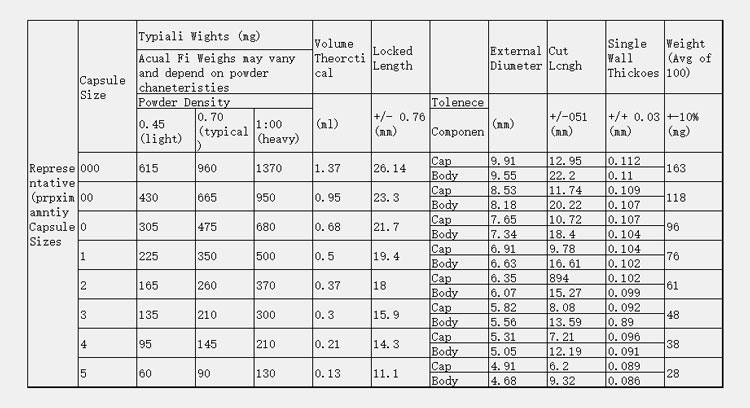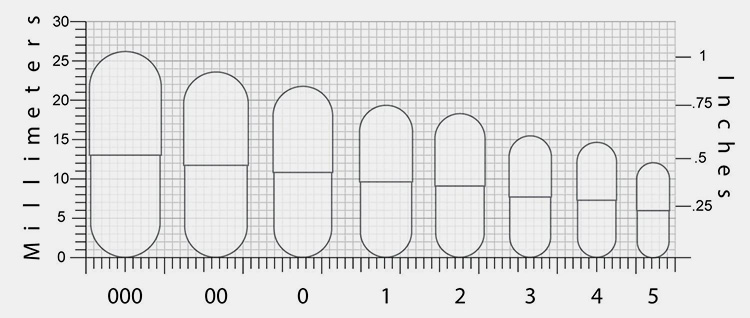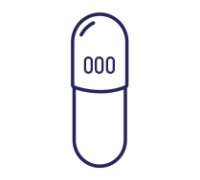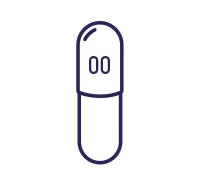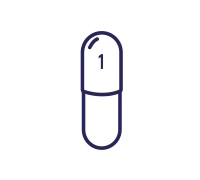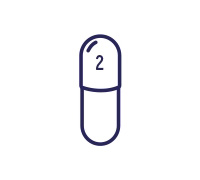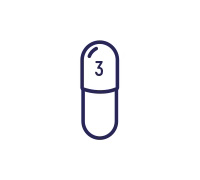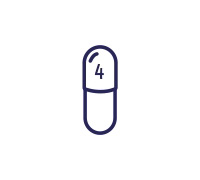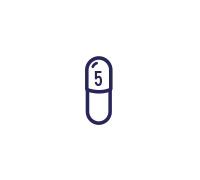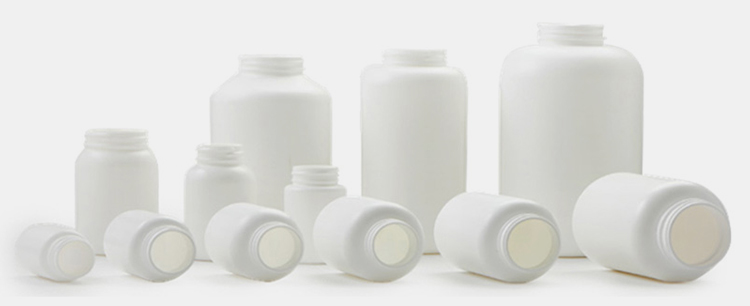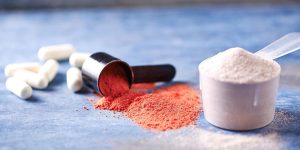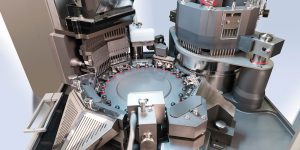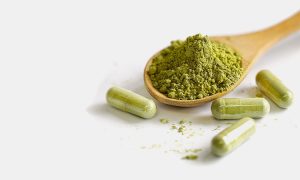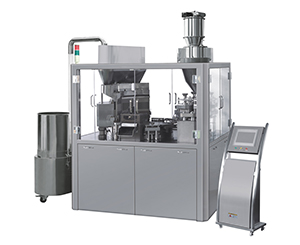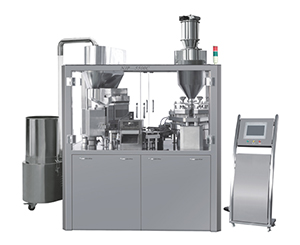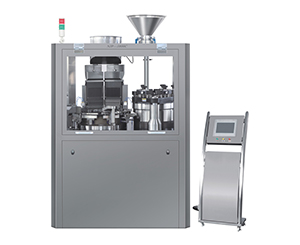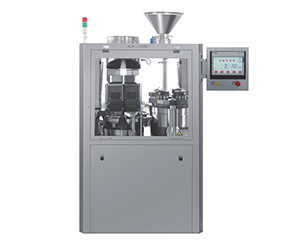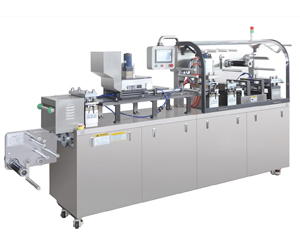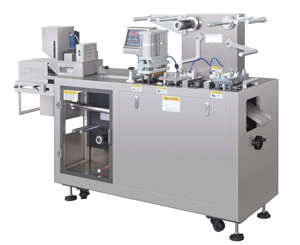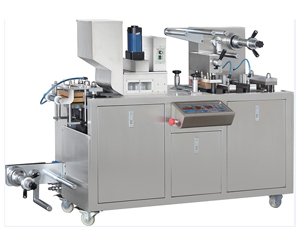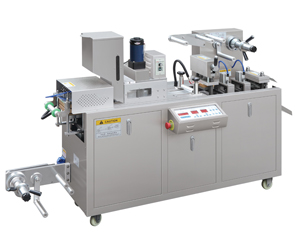Capsule Size Chart
To understand capsule size chart is somewhat substantial for professionals and individuals. Selecting a proper capsule according to your need takes a lot of time and research, hence the capsule size chart will save your time and energy. Many consumers are unfamiliar with industrial standards for selecting a correct capsule size that results in purchasing wrong-sized capsules ultimately poor production output.
Whether you are a professional or hobbyist, the capsule size chart and explanation on this page can be exceptionally helpful to you.
1.Basic Dimensions of a Capsule are?
| SIZE | 000 | 00 | 0 | 1 | 2 | 3 | 4 | 5 |
| Capsule Volume (ml) | 1.37 | 0.95 | 0.68 | 0.50 | 0.37 | 0.30 | 0.21 | 0.13 |
| Capsule Weight (mg) | 163 | 123 | 96 | 76 | 61 | 48 | 38 | 28 |
| Body length (in) | 0.874 | 0.795 | 0.726 | 0.654 | 0.601 | 0.535 | 0.480 | 0.366 |
| Body Length (mm) | 22.20 | 20.20 | 18.44 | 16.61 | 15.27 | 13.59 | 12.19 | 9.30 |
| Cap length (in) | 0.510 | 0.464 | 0.422 | 0.385 | 0.352 | 0.318 | 0.284 | 0.244 |
| Cap length (mm) | 12.95 | 11.80 | 10.72 | 9.78 | 8.94 | 8.08 | 7.21 | 6.20 |
| Well-knit length (in) | 1.029 | 0.925 | 0.854 | 0.765 | 0.709 | 0.626 | 0.563 | 0.437 |
| Well-knit length (mm) | 26.1 | 23.5 | 21.7 | 19.4 | 18.0 | 15.9 | 14.3 | 11.1 |
| Body diameter (in) | 0.376 | 0.322 | 0.289 | 0.261 | 0.239 | 0.219 | 0.199 | 0.184 |
| Body diameter (mm) | 9.55 | 8.20 | 7.34 | 6.63 | 6.07 | 5.57 | 5.05 | 4.68 |
| Cap diameter (in) | 0.390 | 0.336 | 0.300 | 0.272 | 0.250 | 0.229 | 0.209 | 0.193 |
| Cap diameter (mm) | 9.91 | 8.54 | 7.64 | 6.91 | 6.35 | 5.82 | 5.32 | 4.91 |
To understand the basic dimensions of the capsule is very important to assess the capsule sizes. No matter what type of capsule you use, either gelatin, vegetarian, or HPMC, their structure is almost similar in all instances.

An overall closed length involved size of the capsule includes a closed shell with the formulation. A cap length is the shortest region of the capsule that is the best fit to the top of the body once a capsule is filled with formulation content. Whereas the body is the long end of the capsule that holds the formulation inside.
Weight capacity ensures the concentration of formulation that can perfectly fit into the body of the capsule. Weight capacity depends upon the density of the formulation substances. You won’t be able to significantly fit lighter substances into desired capsules as you would do with a greater density even the same ingredients are produced by two different manufacturers.
Discussed below are the basic points of capsule dimension that will help you to understand the capsule size chart easily.

Capsule Weight
An empty capsule weight is known as capsule weight.
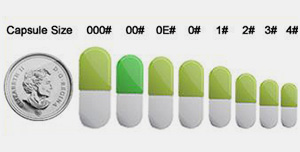
Volume Capacity
The inside volume of the capsule is known as volume capacity, expressed in milliliters.
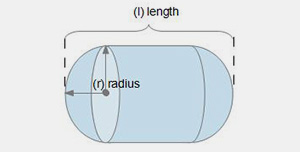
Weight Capacity
The weight capacity of the capsule depends upon the density of formulation, expressed in milligrams.
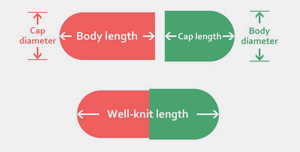
Overall Length
It is measured as the length of the capsule when closed entirely and locked. It is expressed in millimeters.
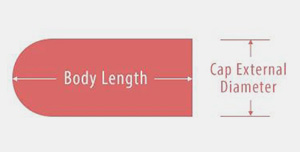
Individual Length
When you measure the length of the capsule such as the cap and the body individually. It is known as the individual length of the capsule.
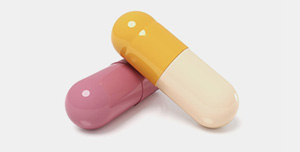
Tolerance
It is the acceptable deviation in dimensions.
2.The Standard Sizes of a Capsule are?
Many different capsule sizes around you make it difficult to figure out the correct capsule size according to your need. For many applications commonly used capsule sizes range from 00 to 0 which is often known as a standard size of the capsule.
These are considered as common sizes because they contain a usual dose for therapeutic medications. Such as:
- ‘00’ has the affinity to hold 735 milligrams or 0.735grams while
- ‘0’ has an affinity to cover 500 milligrams or 0.5 grams of powdered ingredients.
Furthermore, you can classify capsule sizes into three main parts:
Large Capsule
A size ‘000’ is known as the largest capsule size that has the capacity to hold nearly 1000mg or 1 gram. But this weight is dependent upon the density of the ingredient. Therefore, it is recommended to assess the mesh size and density of filling powders from the capsule size chart below in this blog.
Average Size Capsule
A size ‘00’ is known as an average size capsule that has an affinity to hold material 750 mg, while the volume of the capsule is 0.68ml. Due to size and great filling capacity, most of the nutraceutical or supplement industry prefer these capsules.
A size ‘0’ has an affinity to hold a dose of 500 mg which is an average dose size. This is the most applied form of capsule which is implemented for pharmaceutical and beauty industries. The volume of the capsule for ‘0’ is 0.68ml.
Small Capsules
Some people might face trouble with swallowing large or average capsules. For this small capsule is preferred that is of size ‘1’ holds about 400 milligrams. Size ‘1’ capsule has the capacity to hold 0.5 ml of volume which is indeed not the best fit for those who want a high dosage formulation.
Furthermore, size ‘2’ is a small capsule class, that can hold about 300 milligrams filling ingredients preferably used for those consumers who have problems with swallowing the large capsule.
Mostly small capsules require an intricate and complex filling procedure, that is why these are not popular among consumers as a buying choice. But, due to lower-cost material, they are available as the cheapest form of capsules.
3.How do you determine the overall length of a capsule through a size chart?
Whether you are a manufacturer or hobbyist and want you to encapsulate your own formulation. Choosing a capsule with the best fit size will make a better difference and enhance the product quality. Today’s market has plenty of various capsule sizes supplemented by competitive manufacturers.
Discussing the following points will enable you to select the correct size of the capsule through a size chart.
For easy understanding see below the illustration. Here, you can find ‘millimeters’ on the left side while ‘inches’ on the right side.
Size ‘000’
- The largest capsule size that is sometimes also known as ‘triple zero’.
- You can estimate volume through chart by the coinciding end of capsule with inches, that is 1.39ml.
- The lock length of the "000"capsule is determined as 26.1mm.
- While the external diameter is of the cap estimated as 9.91mm.
- The external diameter of the body is estimated as 9.55 mm.
Size ‘00’
- Also known as "Double Zero"capsules.
- Such sizes are commonly used for supplements and pharmaceutical medicines.
- The entire weight retaining capacity of is observed as 0.9ml.
- The entire length was estimated as 23.4mm.
- The external diameter of these capsules was observed as 8.56mm.
- The external diameter of the body is estimated as 8.18 mm.
Size ‘0’
- The volume holding capacity of size ‘0’ capsules is estimated as 0.68 ml.
- The entire length or well-knit length is estimated as 21.7 mm.
- The external diameter of the cap is estimated as 7.64mm.
- The external diameter of the body is estimated as 7.34 mm.
- Each "0" capsule will hold 400mg-800mg powder when filling capsules.
Size ‘1’
- The size ‘1’ capsules are commonly used capsule size which is slightly smaller than size ‘0’ capsules.
- The volume holding capacity of the ‘1’ size capsule is 0.48ml.
- The entire length or well-knit length is estimated as 19.4mm.
- The external diameter of size ‘1’ capsule is estimated as 6.96mm.
- The external diameter of the body is estimated as 6.63 mm.
Size ‘2’
- Commonly used for dispensing pharmacy products.
- Not frequently preferred for dispensing food supplements.
- The volume is estimated as 0.36ml.
- The entire length is recorded as 19.6mm.
- The external diameter is estimated as 6.35mm.
- The external diameter of the body is estimated as 6.07 mm.
Size ‘3’
- These capsules are less commonly used due to their smaller size.
- The volume of the size ‘3’ capsule is estimated as 0.27ml.
- The overall length noted in the size ‘3’ capsule is 15.7mm.
- The external diameter of the cap of size ‘3’ is 5.85mm.
- The external diameter of the body is estimated as 5.56 mm.
Size ‘4’
- Known as the second smallest capsule.
- Restricted for special cases or specialized medicines.
- The volume holding capacity is 0.2ml.
- The overall length is estimated as 14.3mm.
- Whereas the external diameter of the cap is estimated as 5.33mm.
- The external diameter of the body is estimated as 5.05 mm.
Size ‘5’
- The smallest capsule standard size.
- Implemented for pharmaceutical usage/applications.
- The volume holding capacity is 0.31ml.
- The overall length is estimated at 11.1mm.
- The external diameter of a cap is 4.91mm.
- The external diameter of the body of this "4" capsule is estimated as 4.68 mm.
4.How do you determine formulation density & mass?
For encapsulation, you must consider two primary things: formulation density and mass.
Formulation density is determined by the following formula:
Density= Mass/Volume
Density is expressed in gram/ml, while mass is given in gram, and volume is given in ml.
Mass is simply assessed by weighing the weight of the product using an accurate scale.
Volume is the concentration of substance enclosed within a capsule.
In simpler words, if you want to encapsulate 600mg of substance, you need to place 600mg into a measuring spoon and determine its volume you need to fill their volume till demarcation. For instance, demarcation is 1ml. So, divide 600mg/1ml that will yield gm/ml. Thus, formulation density is 0.6 grams/ml.
The next step is to see the chart.
| Empy Capsule Size | ||||||||||
| Capsule Slze | 000 | 00E | 00 | 0E | 0 | 1 | 2 | 3 | 4 | 5 |
| Empy Capsule Weight (Gelatin) | ||||||||||
| Average Weight (mg) | 158 | 143 | 123 | 107 | 99 | 76 | 61 | 48 | 38 | 28 |
| Tolerance | 土10 | 土10 | 土7 | 土7 | 土6 | 土5 | 士4 | 土3 | 土3 | 土2 |
| Empty Capsule Weight (Vegetarian) | ||||||||||
| Average Weight (mg) | 163 | 152 | 136 | 107 | 105 | 79 | 63 | 50 | 40 | 30 |
| Tolerance | 土10 | 土10 | 土7 | 土7 | 士6 | 土5 | 土4 | 土3 | 土3 | 土2 |
| Empty Capsule Volume Capacity(ml) | ||||||||||
| Capacity | 1.37 | 1.00 | 0.90 | 0.78 | 0.68 | 0.48 | 0.36 | 0.27 | 0.20 | 0.13 |
| Empty Capsule Waight Capacityby Formulation Density (mg) | ||||||||||
| Formulation Density | ||||||||||
| 0.6g/mi | 822 | 600 | 540 | 468 | 408 | 288 | 216 | 162 | 120 | 78 |
| 0.8g/ml | 1096 | 800 | 720 | 624 | 544 | 384 | 288 | 216 | 160 | 104 |
| 1.0 g/ml | 1370 | 1000 | 900 | 780 | 680 | 480 | 360 | 270 | 200 | 130 |
| 1.2 g/ml | 1644 | 1200 | 1080 | 936 | 816 | 576 | 432 | 324 | 240 | 156 |
See the density closest to 600mg, in mentioned chart ‘00’ size is suitable to accommodate your requirement.
5.How do you find a suitable bottle volume and a capsule count?
It is important to match capsule size with bottle volume. By doing this, you can estimate the capsule count for each bottle or container.
A Guidance Chart for Capsule Count Per Bottle Size
| Bottle Size | |||||||||||
| Capsule Size |
60ml | 100ml | 120ml | 150ml | 180ml | 200ml | 300ml | 400ml | 500ml | Capsule Per Bottle |
|
| 000 | 30 | 60 | 90 | 120 | 180 | ||||||
| 00 | 30 | 60 | 90 | 120 | 180 | ||||||
| 0 | 30 | 60 | 90 | 120 | 180 | ||||||
| 1 | 30 | 60 | 90 | 120 | |||||||
The following chart has three main parameters
- Capsule size
- Bottle size
- Capsule per bottle
According to the capsule size and bottle capacity, you can easily assess the number of capsules in each bottle. For instance, if you want to pack size ‘000’ capsules in a bottle. Through a guidance chart, you can assess capsule count, such as:
- 30 capsules in 120 ml bottle
- 60 capsules in 200 ml bottle
- 90 capsules in 300 ml bottle
- 120 capsules in 400 ml bottle
- 180 capsules in 500 ml bottle
Conclusion
The exact aim of this blog is to make you capable to understand and learn the basic terminologies and techniques to determine the capsule size. We hope now you will be capable enough to decide the correct capsule size according to your formulation density. It’s time to begin scrutinizing and order the bulk empty capsules now.
Don't forget to share this post!
Capsule Filling Machine Related Posts
Capsule Filling Machine Related Products
Capsule Filling Machine Related Videos
CONTACT US
Tell us your raw material and project budget to get quotations within 24 hours.
WhatsApp Us: +86 181 6426 8586
Want the best price & newest pharmaceutical machinery buying guide,tips and trends sent straightly to your box?Sign up for AIPAK’s monthly newsletter,we’re free for your consultation and Offer you the most suitable solutions!
The Buyer's Guide
- Capsule Filling Buyer's Guide
- Blister Packaging Buyer's Guide
- Tablet Counting Buyer's Guide
- Tube Filling Buyer's Guide
- Cartoning Buyer's Guide
- Gummy Making Buyer's Guide
- CO2 Extraction Buyer's Guide
- Empty Capsules Buyer's Guide
- Suppository Filling Buyer's Guide
- Tablet Coating Buyer's Guide
- Tablet Press Buyer's Guide
- Softgel Encapsulation Buyer's Guide
Most Popular
- 7 Importance Of Pharmaceutical Packaging In Different Applications You Must Know
- 6 Advantages You Must Know About Tablet Counting Machine
- 8 Advantages of Blister Packaging You Must Know
- 6 Critical Applications of Automatic Capsule Filling Machine
- 6 Stations You must Know to Improve the Filling Quality of Automatic Capsule Filling Machine

Tell us your material or budget,we'll reply you ASAP within 24 hours


